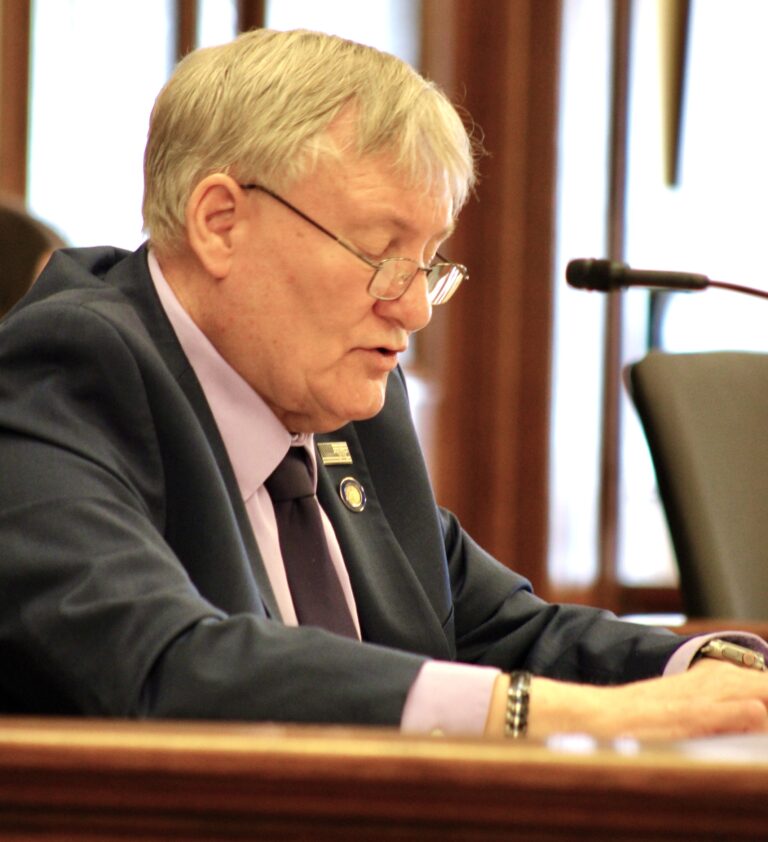Weekly Fiscal Facts are provided to Wisconsin Newspaper Association members by the Wisconsin Policy Forum, the state’s leading resource for nonpartisan state and local government research and civic education. The Wisconsin Policy Forum logo can be downloaded here.
- Download this column as a Word document
- See other WNA Member Content offerings
While the city of Milwaukee invests millions of federal and local dollars each year into a broad array of housing programs and strategies, a review of three peer cities suggests that streamlined services, clearer leadership, increased strategic planning and coordination and expanded private sector engagement could further improve the city’s housing impacts.
Home repair assistance for lower-income homeowners has been Milwaukee’s top priority in recent years, with $26.4 million — 45% of total housing funding — spent between 2014 and 2018 on programs that provide homeowners with maintenance loans and grants. However, new affordable housing development has been an emerging area of focus in Milwaukee. The city launched an initiative in 2018 that aims to develop or improve 10,000 housing units within 10 years.
The city has also demonstrated its commitment to affordable housing over the last 15-plus years by allocating roughly $6 million in federal community development block grant funds annually since the mid-2000s. That allocation has held fairly steady despite a drop in Milwaukee’s overall CDBG grant from $23.9 million in 2003 to $13.9 million in 2017. Since 2015, the city also has used tax increment financing to bolster its housing programs and to increase its support for new affordable housing development projects.
However, Milwaukee’s complex web of programs and agencies may create inefficiencies, which may also make it difficult for many individuals and families to navigate the system. The sprawling structure of Milwaukee’s 20 housing programs divided across three city agencies differs from peer cities such as Minneapolis, Madison and Detroit, where such efforts are consolidated into a single city department and, in the cases of Minneapolis and Detroit, are overseen by a single director.
Most of the research used for this report was completed before the COVID-19 pandemic. While the longer-term impacts on Milwaukee’s economy and the housing needs are difficult to predict, it is clear that the record-high unemployment brought on by the pandemic will further increase demand for many types of housing assistance at a time when local, state, and federal governments are facing unprecedented financial challenges of their own.
This information is provided to Wisconsin Newspaper Association members as a service of the Wisconsin Policy Forum, the state’s leading resource for nonpartisan state and local government research and civic education. Learn more at wispolicyforum.org.


